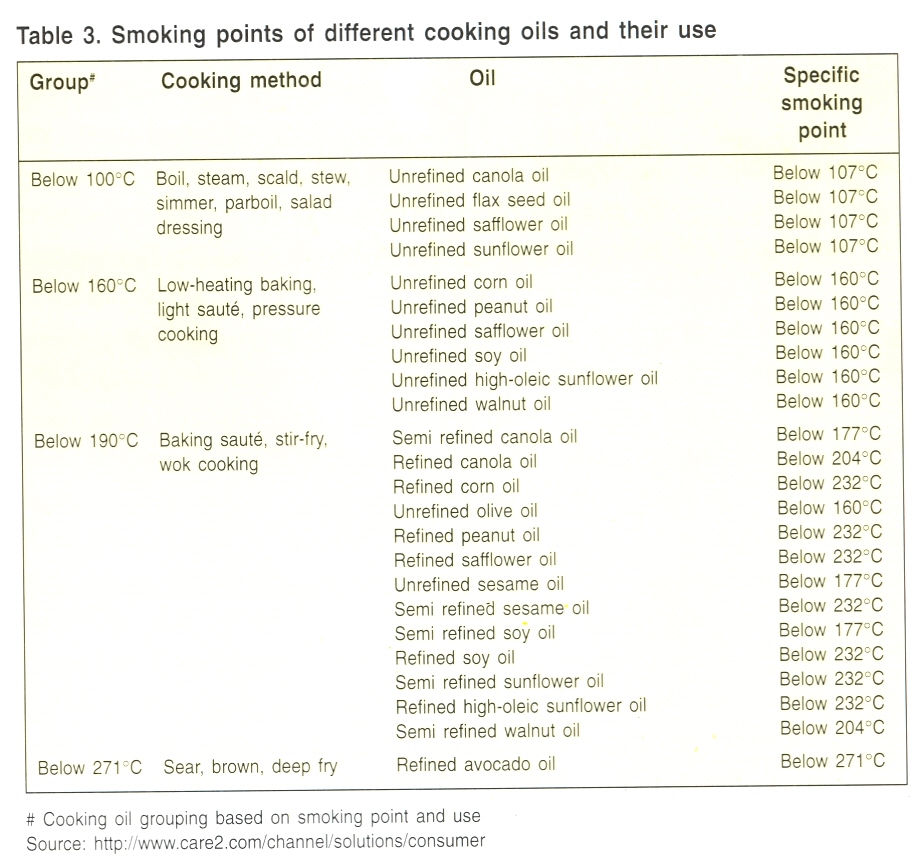|
A recent research conducted at Washington University School of Medicine,St Louis, USA has found that commercial
corn oil can significantly reduce the amount of cholesterol
absorbed from food. Phytosterol in corn oil is responsible for lower cholesterol absorption in the body from
cholesterol containing food materials and it increases the percentage of high density lipids (HDL) in blood.
Large number of cosmetic products like moisturizer, hair conditioner and stain remover have been released in
the market which are principally based on corn oil. Crude corn oil may also be used as surfactant. There are
reports in which corn oil has been used to increase the efficiencies of fungal bio-control agents. Besides these
corn oil may also be used for various purposes like removal of rust from iron skillet, prevention of car doors
from freezing, glue and stain remover, cleaning of home appliances etc. However, these uses are not very common
and regular in nature.
Principally corn oil is used for food and cosmetic purposes. However, high-oil corn can also be used to enhance the
feeding rations of animals. Corn with higher levels of oil and lesser proportion of carbohydrate are obviously higher
in energy because the calorie content of oil is approximately 2.5% as great as that of carbohydrates. It has been
observed that when oil level is higher (more than 6%) in feed rations the animals usually show a significant feed
response over normal rations. It has been observed in feeding experiment that lambs on high-oil, high-protein
rations gained 7% more weight, retained more nitrogen and required 6% less feed per pound of grain than the normal
diet. High-oil corn diets fed to cows during last 30 days of gestation resulted in significantly greater body weight
gains and higher fat levels in the colostrum than normal diets. Feeding trials on laying hens showed that diet of
17% protein with high-oil corn leads to better egg to feed ratio than normal ration, and egg production and yield
increased with the high protein high-oil diets. High-oil diet is also superior in weight gain to feed ratio. Skin
and plasma pigmentation was also improved in chicks fed with high-oil diets. Feeding trials with lactating dairy
cattle showed 12% greater intake of dry matter for high-oil diet. On an average feeding trials suggest an advantage
of 7% or more with high-oil corn rations in chicken, swine, dairy cattle and sheep over normal rations. In feed
rations high-oil corn plays an important role because of the following reasons:
1. High-oil corn has nutritional advantage for feeding because of greater energy per unit of feed.
2. Protein concentration in high-oil hybrids is higher and protein quality is enhanced because of the
larger scutellum size compared with normal corn. Increase in amino acid, lysine, increased from 0.244% in
normal corn to 0.297% in high-oil corns.
3. High-oil corn hybrids usually have higher proportion of yellow pigments (carotenoids, xanthophylls etc.),
which are beneficial in poultry rations.
4. The high-oil trait in produce is a consistent trait and can easily be monitored by using Nuclear Magnetic
Resonance Spectroscopy (NMR), Near Infrared Reflectance (NIR) or NIR Transmission (NIRT) procedures. Thus oil
concentration of corn lots during transport from producer to user can be monitored effectively.
|

